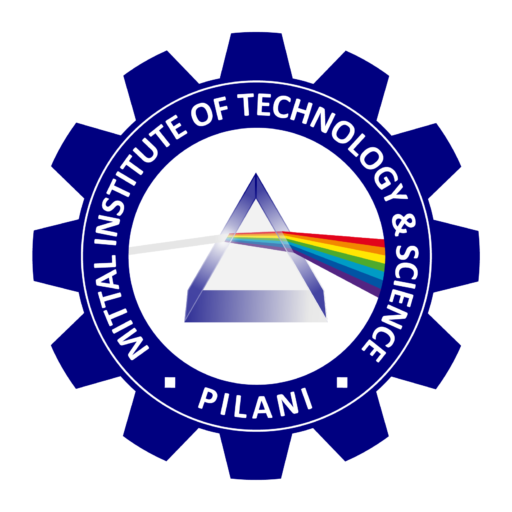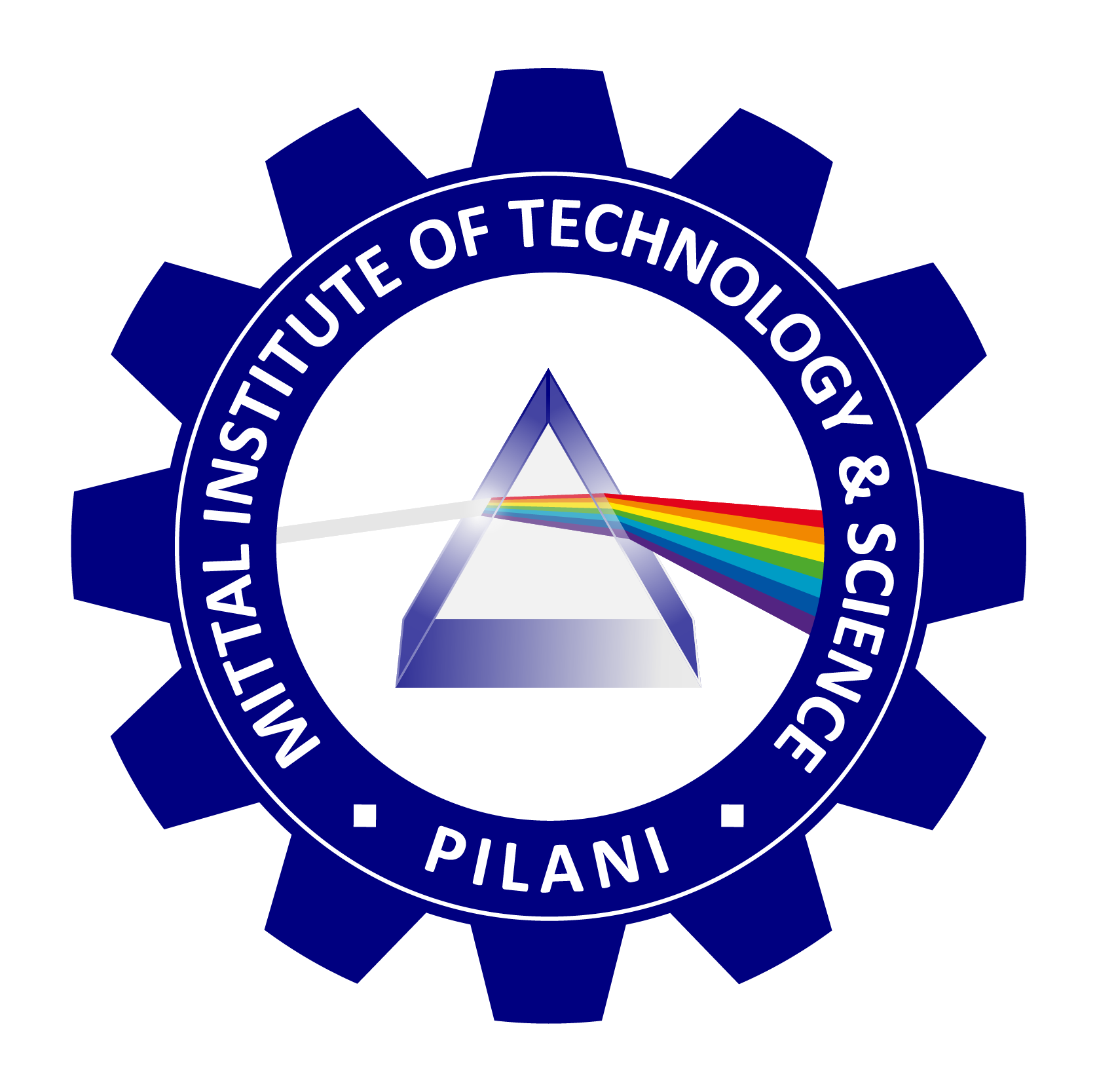
Information Technology: Revolutionizing the Modern World
Information Technology (IT) refers to the use of computers, software, networks, and other electronic systems for storing, processing, and transmitting data. IT has become a backbone of modern civilization, transforming the way individuals, organizations, and governments interact, communicate, and operate. Its role is pervasive across industries, education, healthcare, and daily life, revolutionizing how tasks are performed and decisions are made.
Historical Development of Information Technology
The journey of IT began with early computational devices, like the abacus, but the true technological leap occurred with the invention of the first programmable computers during the mid-20th century. The development of the ENIAC and UNIVAC machines marked the dawn of the modern computing era, enabling complex calculations and data processing capabilities far beyond human capacity.
Over time, as hardware and software evolved, IT became more accessible and powerful. The invention of the microprocessor, followed by personal computers in the 1970s and 1980s, revolutionized business and personal use. The growth of the internet in the 1990s brought unprecedented connectivity, laying the foundation for the global digital age we live in today.
Key Components of Information Technology
-
Hardware: Physical devices such as computers, servers, data centers, and networking equipment form the infrastructure for IT systems. Over the years, advancements in hardware have increased processing speed, memory, and data storage, while also miniaturizing devices for portability.
-
Software: This refers to the programs and operating systems that control hardware and perform specific tasks. From word processing and spreadsheets to complex data analytics and artificial intelligence, software applications are central to every IT system.
-
Networking: IT systems rely on communication networks, including local area networks (LANs), wide area networks (WANs), and the internet, to transmit data between devices and systems. Networking has enabled the globalization of business, real-time communication, and the seamless exchange of information.
-
Data Management: Data is the lifeblood of IT systems, encompassing everything from financial records to social media posts. Modern IT systems are designed to handle vast amounts of data, using databases and cloud storage to organize, store, and retrieve information efficiently.
-
Cybersecurity: As IT systems became more integral to everyday life, securing them from unauthorized access and malicious attacks became critical. Cybersecurity encompasses measures, such as encryption, firewalls, and antivirus software, to protect data integrity and privacy.
Role of IT in Modern Society
Information technology plays an essential role in nearly every facet of modern life. Its impact can be observed across a variety of sectors:
-
Business and Industry: IT has transformed how businesses operate. From automated supply chains to data-driven decision-making, organizations rely heavily on IT to improve efficiency, reduce costs, and create innovative products and services. E-commerce platforms, cloud computing, and enterprise software systems have become critical for companies to stay competitive in the global market.
-
Education: In the realm of education, IT has expanded access to knowledge and resources. Online learning platforms, virtual classrooms, and digital libraries have made education accessible to millions of people worldwide. Through the internet, students can collaborate with peers, participate in webinars, and access educational content from any location.
-
Healthcare: IT is reshaping healthcare delivery through electronic health records (EHR), telemedicine, and healthcare management systems. These technologies help healthcare professionals manage patient data, improve diagnosis accuracy, and provide remote care to those in need. Artificial intelligence in IT is further advancing medical research, drug development, and personalized treatments.
-
Government and Public Services: Governments use IT to streamline operations, deliver public services, and improve governance. E-governance initiatives provide citizens with easy access to essential services like tax filing, social welfare programs, and civic engagement platforms. Additionally, IT supports critical infrastructure systems, including transportation, energy, and law enforcement.
-
Social Interaction: Social media, instant messaging, and video conferencing platforms have fundamentally altered how people connect with each other. IT enables global communication, allowing individuals to stay connected with family, friends, and colleagues, regardless of geographic distance.
Emerging Trends in Information Technology
As technology continues to evolve, several key trends are shaping the future of IT:
-
Artificial Intelligence and Machine Learning: AI is revolutionizing industries by automating tasks, analyzing vast datasets, and making predictions. From virtual assistants to autonomous vehicles, AI-driven applications are poised to redefine how we interact with technology and the world around us.
-
Cloud Computing: The shift from traditional on-premises data centers to cloud-based infrastructure is gaining momentum. Cloud services provide scalable, cost-effective solutions for data storage, processing, and software deployment. This trend is enabling organizations to be more agile and responsive to changing market demands.
-
Internet of Things (IoT): IoT refers to the interconnected network of devices, sensors, and systems that collect and exchange data. From smart homes and wearable devices to industrial automation and smart cities, IoT is enabling new levels of convenience, efficiency, and innovation.
-
Blockchain and Decentralized Systems: Blockchain technology offers a decentralized, secure way to record transactions and data. Its potential applications extend beyond cryptocurrency, including supply chain management, secure voting systems, and digital identity verification.
-
Cybersecurity and Data Privacy: As IT systems grow in complexity, so do the risks associated with cyberattacks and data breaches. Ensuring data privacy and security is becoming increasingly important for individuals, businesses, and governments alike. Innovations in cybersecurity, such as biometric authentication and zero-trust security models, are addressing these challenges.
Challenges and Ethical Considerations
While the benefits of IT are immense, it also presents several challenges. Data privacy concerns, cybercrime, and the digital divide between those with access to technology and those without are pressing issues. Additionally, the rise of AI raises ethical questions regarding job displacement, decision-making transparency, and the potential misuse of intelligent systems.
Conclusion
Information technology has fundamentally transformed the way we live, work, and interact with the world. It has brought about tremendous advancements in efficiency, communication, and innovation, while also posing new challenges in terms of security, privacy, and ethics. As IT continues to evolve, its role in shaping the future of society will only become more significant, offering both opportunities and responsibilities for individuals, businesses, and governments to navigate.

Professor Rakesh Mittal
Computer Science
Director
Mittal Institute of Technology & Science, Pilani, India and Clearwater, Florida, USA
